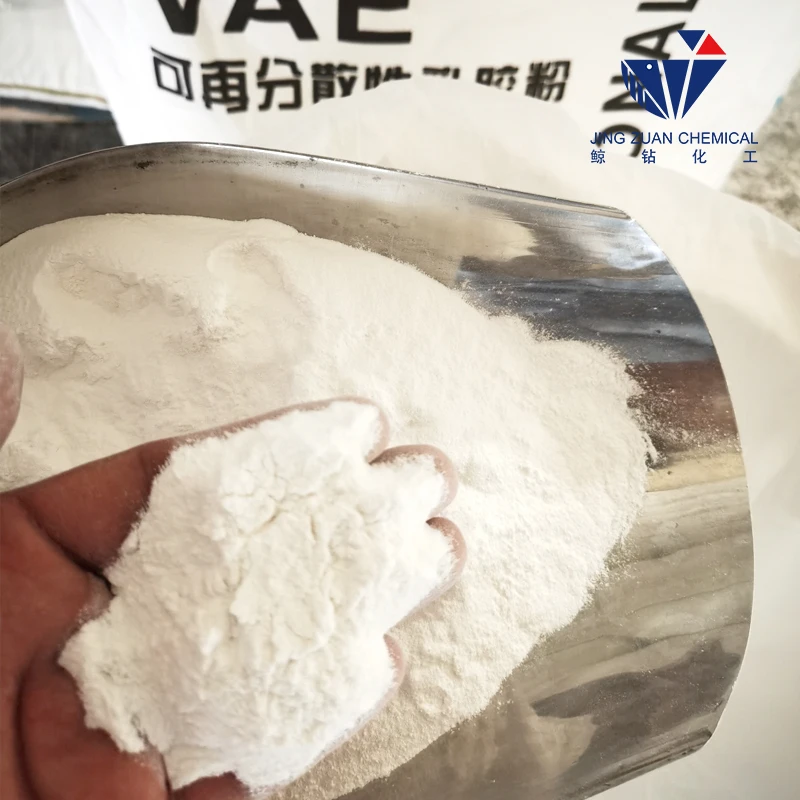
sept. . 08, 2024 16:26 Back to list
hpmc full form
Understanding HPMC A Comprehensive Overview
Hydroxypropyl Methylcellulose (HPMC) is a versatile and widely used polymer derived from cellulose, an organic compound that is a primary structural component of plant cell walls. As a modified form of cellulose, HPMC has found its way into various industries, including pharmaceuticals, food, construction, and cosmetics.
Nomenclature and Properties
The name Hydroxypropyl Methylcellulose reflects its chemical structure. The Hydroxypropyl part indicates the addition of hydroxypropyl groups, while Methyl signifies the presence of methyl groups attached to the cellulose strands. This modification enhances the solubility and functionality of cellulose in many applications. HPMC is a white or off-white powder and is soluble in cold water, forming a smooth, viscous gel. Its non-toxic nature and ability to provide a variety of viscosities make HPMC an ideal ingredient for numerous formulations.
Applications in Pharmaceuticals
One of the most significant uses of HPMC is in the pharmaceutical industry. It acts as a thickening agent, emulsifier, and stabilization agent in drug formulations. HPMC is commonly employed in the production of controlled-release tablets and capsules, where it helps to regulate the release of therapeutic agents over time. This property is crucial for improving patient compliance and ensuring the optimal therapeutic effect of medications. Additionally, HPMC serves as a binder in solid dosage forms, enhancing the cohesion of active pharmaceutical ingredients (APIs) and excipients.
Role in Food Industry
hpmc full form

HPMC is also a prominent ingredient in the food industry. It is used as a food additive and thickening agent, providing a desirable texture to various products such as sauces, dressings, and dairy items. Its ability to form stable emulsions and foams makes it invaluable in creating products that require consistency and quality. Furthermore, because HPMC is plant-based and free of allergens, it is favored in the production of gluten-free food items, helping to cater to a growing demographic of health-conscious consumers.
Construction Applications
In construction, HPMC is employed as an essential component in cement-based products, such as mortars and plasters. Its water-retention properties are vital for maintaining workability during the application phase, allowing for extended open time before the mixture begins to set. HPMC enhances adhesion and provides flexibility to the final product, making it an ideal choice for modern construction materials.
Cosmetic Uses
In cosmetics and personal care products, HPMC functions as a thickening agent and stabilizer in formulations like creams, lotions, and gels. It helps improve the texture and feel of the product on the skin, contributing to a pleasant user experience. Additionally, HPMC can provide a protective barrier on the skin when used in topical formulations, making it a valuable ingredient in skincare applications.
Conclusion
The full form of HPMC, Hydroxypropyl Methylcellulose, signifies a compound of great importance across diverse industries. Its unique properties and versatility have made it a vital ingredient in pharmaceuticals, food products, construction materials, and cosmetics. As research and development in polymer chemistry evolve, the potential applications for HPMC continue to expand, solidifying its role as an essential component in modern formulations. Understanding HPMC and its benefits can lead to innovative solutions that meet the needs of various sectors, ultimately enhancing the quality of products available to consumers.
-
The Widespread Application of Redispersible Powder in Construction and Building Materials
NewsMay.16,2025
-
The Widespread Application of Hpmc in the Detergent Industry
NewsMay.16,2025
-
The Main Applications of Hydroxyethyl Cellulose in Paints and Coatings
NewsMay.16,2025
-
Mortar Bonding Agent: the Key to Enhancing the Adhesion Between New and Old Mortar Layers and Between Mortar and Different Substrates
NewsMay.16,2025
-
HPMC: Application as a thickener and excipient
NewsMay.16,2025
-
Hec Cellulose Cellulose: Multi functional dispersants and high-efficiency thickeners
NewsMay.16,2025







